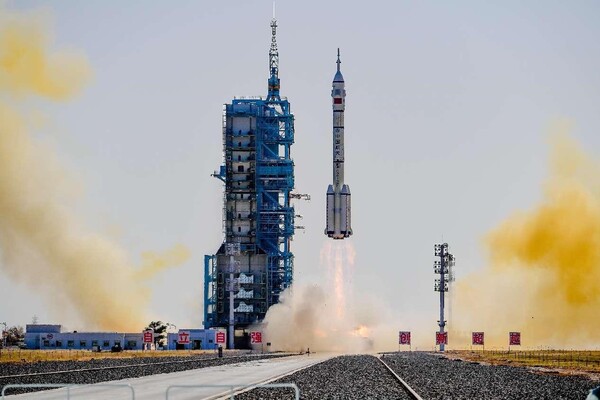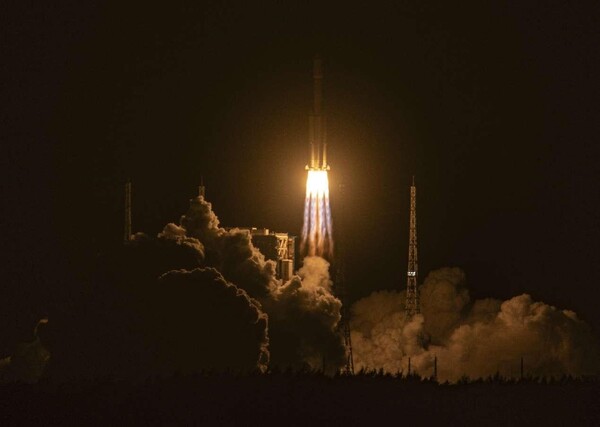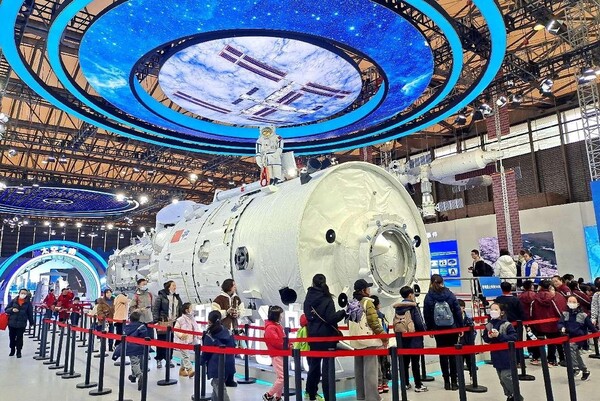By Liu Shiyao, People's Daily
China is projected to make about 100 space launch missions this year, which will set the country's new record, said a blue book released by the China Aerospace Science and Technology Corporation (CASC) on Feb. 26.
China plans to carry out a series of major space missions this year. The China Space Station has entered the normal operation stage and within 2024, there will be two cargo spacecraft missions, two manned spaceflight missions and two return missions.
China is set to launch Queqiao-2, a relay satellite for communications between the far side of the moon and Earth, and the Chang'e-6 lunar probe, a mission to collect samples from the far side of the moon, the first of its kind in human history.

A detection satellite for ocean salinity is also on CASC's task list, which will empower China with high-resolution and high-precision ocean salinity detection capabilities.
Newly developed Long March-6C and Long March-12 carrier rockets will execute their maiden flight missions.
Besides, China's first commercial spacecraft launch site is expected to have its first launch mission in 2024, and the country will accelerate the networking and construction of multiple satellite constellations
In 2023, China carried out 67 space launch missions, with this number ranking second in the world, and put 221 spacecraft into space, already setting a record for China.
Among them, the Long March series of carrier rockets were launched 47 times with a 100 percent success rate, breaking through 500 launches cumulatively, and other commercial rockets were launched 20 times.
Looking back on the past year, China's space industry has implemented high-density launch missions in an orderly manner with a high success rate, and the number of spacecraft developed and launched has rapidly increased, with a significant improvement in development capabilities.

In terms of technological innovation, China has made continuous breakthroughs in fields like carrier rockets, manned spaceflight, lunar and deep space exploration, communications, navigation, remote sensing satellites, and scientific and technological experiments.
China's capabilities in accessing, exploring, and utilizing space have grown stronger, and the country has achieved many scientific and technological accomplishments.
Based on space infrastructure like satellite communications, satellite remote sensing, and satellite navigation and positioning, China's space industry has developed a relatively complete application system. This has offered solid support for various national strategies and the country's "dual carbon" goals, and widely served different sectors of the national economy.

In terms of international cooperation, China's space industry has carried out various forms of international exchanges such as seminars, discussions, data sharing, technical cooperation, application services, and space culture education, promoting the high-quality development of the Belt and Road Initiative, and contributing to the building of a community with a shared future for mankind.


